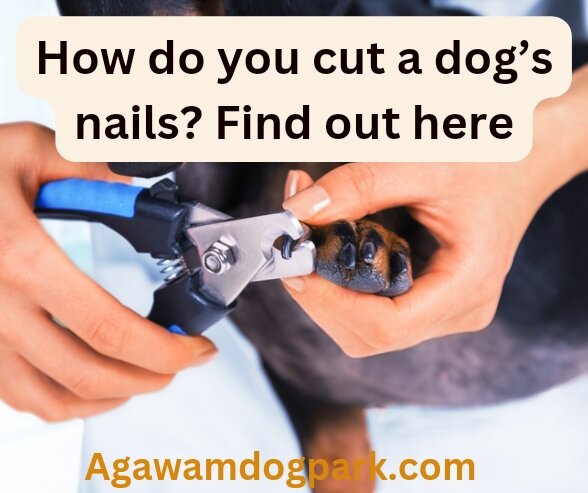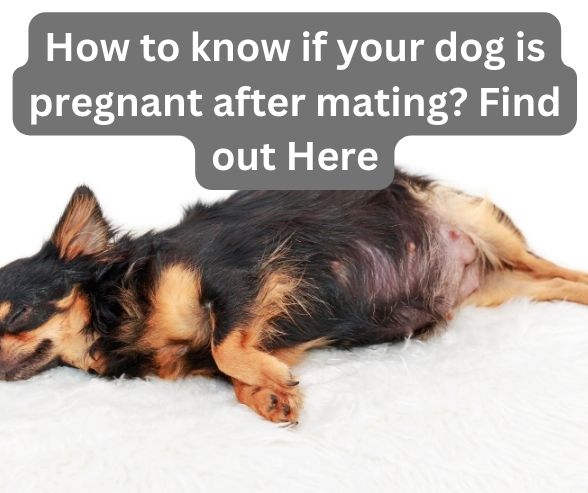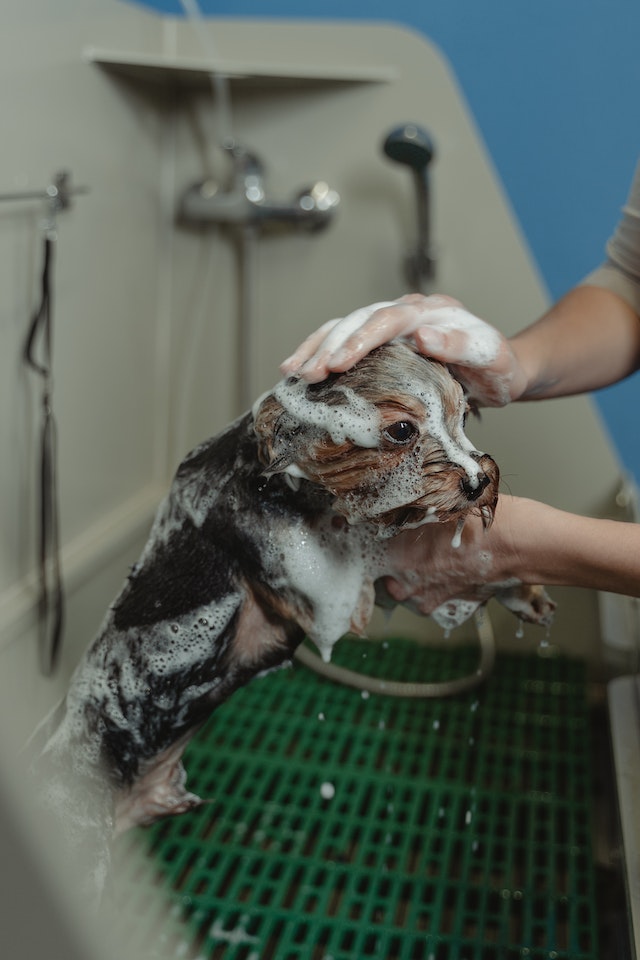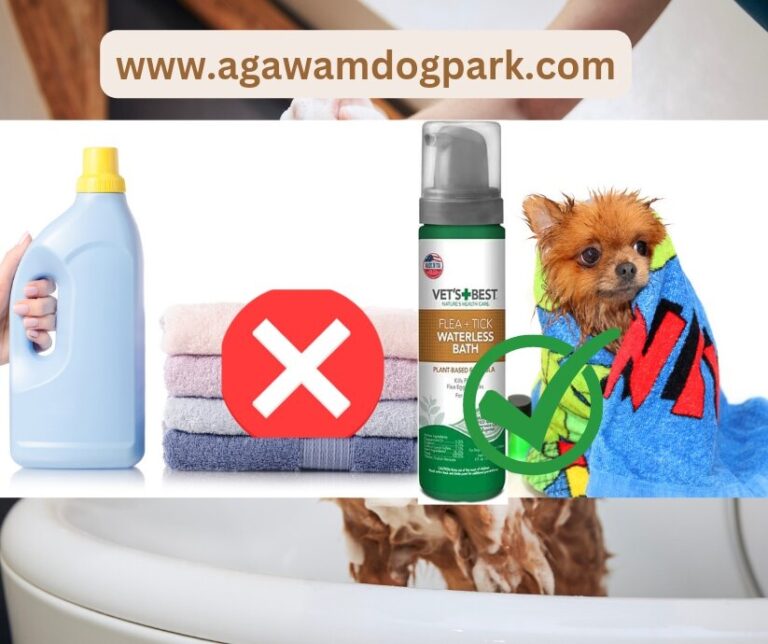How do you cut a dog’s nails? Find out how
Agawam Dog Park received this question today, “How do you cut a dog’s nails?” and we are going to discuss how you can do it in this article.
Just like our nails require some care and maintenance, our dog’s nails also require the same amount of care once in a while. Read on to see how to cut your dog’s nails, even when it doesn’t like it.
Dog nails also grow and need some care, both for aesthetic reasons and to facilitate locomotion. Dog owners and trainers should endeavor to trim them regularly to ensure their good health, well-being, and even the safety of the dog.
Anyone who lives with a dog knows that the task of cutting the dog’s nails needs to be done, but many trainers don’t know how to do it, how often they should do it, or how to make their dogs feel relaxed and comfortable when their nails are being trimmed.
When you leave your dog’s nails to overgrow, it hurts both the dog, the owners, and other animals when they play.
How to Tell if Your Dog’s Nails Are Too Long
Before I give you the step-by-step guide on how to cut your dog’s nails, let’s look at how to tell if your dog’s nails are too long.
Neglecting to cut your dog’s nails can cause discomfort, pain, and even lead to health problems such as infections. Here are some signs to help you determine if your dog’s nails are too long.
When you start hearing a clicking or tapping sound when your dog is walking,
If you hear a clicking sound when your dog walks, it’s a sign that their nails are too long. The sound is caused by the nails tapping on the floor as they walk, which can be uncomfortable for the dog.
When your dog starts avoiding hard surfaces
If your dog starts avoiding walking on hard surfaces such as tile or hardwood floors, it could be because their nails are too long and are causing them pain. They may prefer to walk on softer surfaces, such as carpet.
If you notice changes in the way your dog walks or stands,
Long nails can cause a dog to change their walking style or posture, which can lead to discomfort or pain. If you notice your dog limping, favoring one paw over another, or walking abnormally, it may be due to overgrown nails.
When there’s a visible change in nail length
If you can visibly see that your dog’s nails are longer than the pads on their paws, it’s time to trim them. A good rule of thumb is that the nails should not touch the ground when the dog is standing.
If you notice your dog’s nails are bleeding
Trimming your dog’s nails too close to the quick, the blood vessel and nerve center of the nail, can cause bleeding and pain. If you notice your dog’s nails are bleeding after trimming, it’s a sign that they were too long and needed to be trimmed.
It is important to regularly check and cut your dog’s nails to ensure their comfort and health. By paying attention to the signs listed above, you can tell if your dog’s nails are too long and take the necessary steps highlighted below to cut them.
How do you cut a dog’s nails?
Cutting your dog’s nails is an important part of pet grooming, but it can be a daunting task for many dog owners. Here are some steps to help you cut your dog’s nails effectively and safely.
Gather the supplies for trimming the nails.
The obvious first step in cutting your dog’s nails is to gather the necessary materials for the task. In this case, you’ll need a sharp pair of dog nail clippers, styptic powder (in case of accidental cuts), and dog treats to reward your dog for good behavior.
2: Make your dog feel relaxed and comfortable.
Before you start cutting your dog’s nails, get them to feel relaxed and comfortable. Make them get used to having their paws handled. Spend a few minutes each day gently massaging and handling their paws so they become more comfortable with the process.
Read also>> Why does my dog bark and howl when i leave?
3: Identify the quick
The quick is the pink part of the nail that contains blood vessels and nerves. It’s best to avoid cutting this part, as it will cause pain and bleeding. If you can see the quick, aim to only trim the white, dead part of the nail.
4: Let’s cut the nails. Start with one paw at a time.
Hold your dog’s paw gently but firmly, and clip just the tips of the nails. If you’re unsure how much to cut, start with a small amount and gradually trim more if needed.
5: Use treats and praise.
Reward your dog with treats and praise after each nail is cut to keep them relaxed and positive about the experience.
6: Be patient.
If your dog is nervous or resistant, take breaks as needed and go slowly. You can also enlist the help of a second person to hold and comfort your dog while you cut their nails.
7: Stop if bleeding occurs.
If you accidentally cut the quick and your dog’s nail starts bleeding, use the styptic powder to stop the bleeding.
How often should I cut my dog’s nails to shorten the quick?
Just like we mentioned earlier, trimming your dog’s nails is an important aspect of its grooming routine, but the frequency of trimming depends on several factors, including the dog’s breed, age, activity level, and environment. So let’s also look at this user query: “How often should I cut my dog’s nails to shorten the quick?”
As a general rule, if you can hear your dog’s nails clicking on hard floors, it’s time for a cut. Here are some guidelines to follow:
Active dogs with hard surfaces to run on will naturally wear down their nails and may only need to have them cut every 2-4 weeks.
Dogs that are less active or live primarily on soft surfaces will need to have their nails cut more frequently, around every 2-3 weeks.
Senior dogs and those with health issues may need more frequent trims due to weaker and slower nail growth.
Some breeds, such as greyhounds and dachshunds, are known to have weaker nails that may break easily, and they may need more frequent trims.
It is important to note that every dog is different, and some dogs may need more or less frequent nail cuts depending on their individual circumstances. If you are unsure, it’s best to consult with a veterinarian or professional groomer to determine the best schedule for your dog.
Which nail clippers should I use to cut my dog’s nails?
For cutting a dog’s nails, it’s recommended to use a pair of dog-specific nail clippers that are made for the thickness and texture of their nails.
The two main types are guillotine-style and scissor-style clippers. It’s important to choose a high-quality pair that is sharp and durable, as well as one that provides a good grip to prevent accidental injury.
It’s also recommended to have styptic powder or a pen on hand in case of bleeding, as well as treats to reward your dog during and after the trimming process.
Here are some recommended Guillotine-style clippers:
Here are some recommended scissor-style clippers:
Nail polish for dogs
At the discretion of the dog owner or trainer, they can finish the nail cut with nail polish. They are not necessary but can be used for purely cosmetic reasons.
There are specific products for dogs, formulated without formaldehyde or toluene (present in nail polish for humans but toxic for dogs, especially if ingested).
Is banana oil a recommended dog nail polish remover?
Banana oil is not a recommended dog nail polish remover because it is toxic to dogs and can cause health problems.
Banana oil is a mixture of isoamyl acetate, which is used as a solvent and can be harmful if ingested by dogs. The toxic effects can range from mild to severe, depending on the amount ingested, and can include vomiting, diarrhea, respiratory distress, and central nervous system depression.
Additionally, the strong odor of banana oil can be overwhelming for dogs and can cause stress or distress. For these reasons, it is not recommended to use banana oil as a dog nail polish remover. Instead, it is safer to use products specifically designed for this purpose and made with pet-friendly ingredients.
Recommended pet-safe nail polish removers
There are several pet-safe nail polish removers that are recommended for removing dogs’ nail polish. Here are a few options:
Easy-Off Fidobiotics Pet Nail Polish Remover is a safe, quick, and effective solution for removing dog nail polish.
Warren London Pawdicure Polish Remover: This product is formulated specifically for pets and is safe for use on dogs.
Pet Silk Nail Polish Remover: This polish remover is gentle and safe for pets, and it effectively removes nail polish without causing harm to the skin.
It’s important to remember that these products should only be used on dogs that are comfortable with having their nails painted, as some dogs may find the process stressful or painful. It’s always best to consult a veterinarian before using any new product on your pet.
That’s it, guys! I just hope we’ve been able to do justice to this topic; “How do you cut a dog’s nails?” You can check out these dog grooming tips as well:







